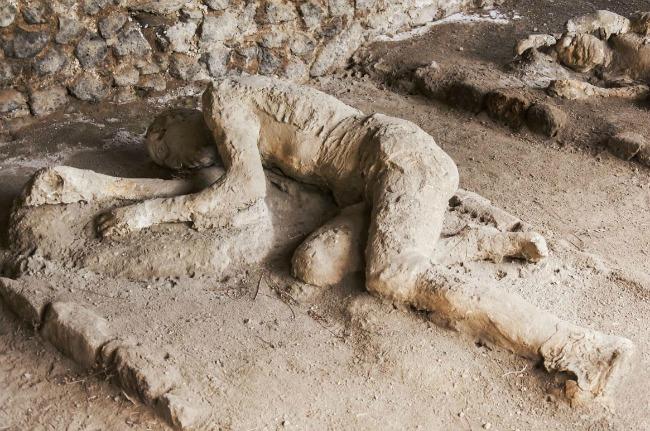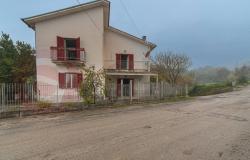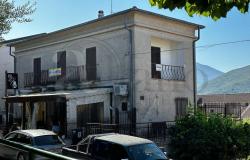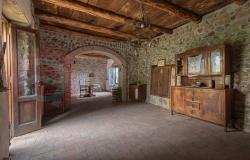A major exhibition about the role of Pompeii as an inspiration for artists opened this week at the National Archeological Museum of Naples and, simultaneously, at the Amphitheater inside the Pompeii archeological site.
The exhibition "Pompeii and Europe: 1748-1943" evokes the history of the ancient Roman city, destroyed by the eruption of Mount Vesuvius in 79 AD, through the artworks of many artists who were fascinated and inspired by the discovery of the ancient site in the 18th century.
Some of the featured artworks include the first depiction of the eruption of Vesuvius painted by Jacob More in 1780, Maiden Meditating on the Excavations of Pompeii by Filippo Palizzi (1870), Deux femmes courants sur la plage (1922) by Pablo Picasso and The Gladiators (1927) by Giorgio de Chirico.
Perhaps the most impressive feature of this exhibition, which is part of the major events organized for Expo Milan 2015, is the 86 casts of victims – now in the final phases of restoration – which will provide a glimpse into the agony, but also the surprise, caused by the eruption, showing people in the moment of death.
The bodies were extracted intact from the excavations in 1863 thanks to the work of archaeologist Giuseppe Fiorelli. Among them is the family of the House of the Golden Bracelet, a woman with a baby on her lap, a man and another child.
Restorations, which include animals, are part of the Great Pompeii Project, and will help better understand the way of life of Pompeii inhabitants.
The exhibition is open until November 2, 2015.
For more information, click here.









